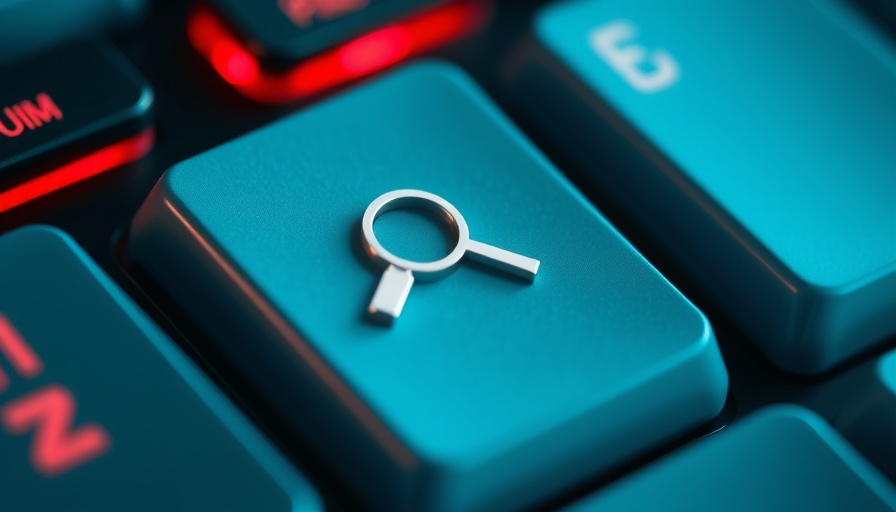
Understanding the Evolution of Plagiarism Detection
As we step into 2025, plagiarism detection has evolved significantly, thanks to advancements in artificial intelligence and machine learning. Gone are the days of simple text-matching algorithms. These new systems are designed to recognize not just direct copying but also more nuanced forms of academic dishonesty, like clever paraphrasing and the manipulation of phrases that might otherwise escape detection. This marks a revolutionary shift in maintaining academic integrity, a crucial aspect for students aspiring to uphold standards in their work.
The Impact of AI on Plagiarism Detection
One of the most significant trends influencing this field is the application of AI in plagiarism detection tools. These cutting-edge technologies enable the software to analyze the semantic meaning behind texts rather than just looking for exact word matches. For students worried about AI detection, having a tool that understands the context of the writing can be a game-changer. This technology can better differentiate between original ideas and borrowed content, providing users with a more comprehensive analysis of their work.
Academic Integrity Tools: Cultivating Honesty
Alongside technological advancements, educational institutions are increasingly adopting academic integrity tools designed to educate students about proper citation practices. These tools promote a culture of honesty and responsibility within academic environments. For students, engaging with these resources can foster a deeper understanding of why transparency in writing matters, not just for grades but for personal development and ethical practice.
Next-Gen Plagiarism Software: More Than Just Scanners
Today’s plagiarism detection software goes far beyond traditional scanners. The tools available in 2025 can now assess various content forms, including images, videos, and even computer code. Such versatility allows students to check different types of submissions efficiently. Modern programs offer detailed reports pinpointing areas of concern, providing feedback that can enhance learning rather than simply penalize it. This added depth in reporting can help students improve their writing skills and originality in their academic work.
Final Thoughts: Preparing for 2025
As plagiarism detection becomes more sophisticated, it’s essential for students to remain proactive in ensuring their work maintains integrity. Embracing the tools available can facilitate this process, transforming potential fear of AI detection into a more informed approach to academic writing. Understanding and leveraging these technologies will not only protect students' academic standing but also enhance their skills as competent and original thinkers.
If you're looking to deepen your understanding of how to navigate plagiarism tools seamlessly, consider accessing resources like Prompt2Human at Prompt2Human. Bypass ANY AI Detector with ease!
 Add Row
Add Row  Add
Add 




 Add Row
Add Row  Add
Add 

Write A Comment